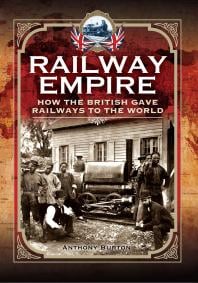After more than a year of international travel restrictions and domestic border closures, many of us are longing for a holiday. While an overseas destination won’t be on the cards for Australians for a while, State Library Victoria collections can take you to faraway places – and back in time – without leaving your home. They can also give you inspiration for your next big trip.
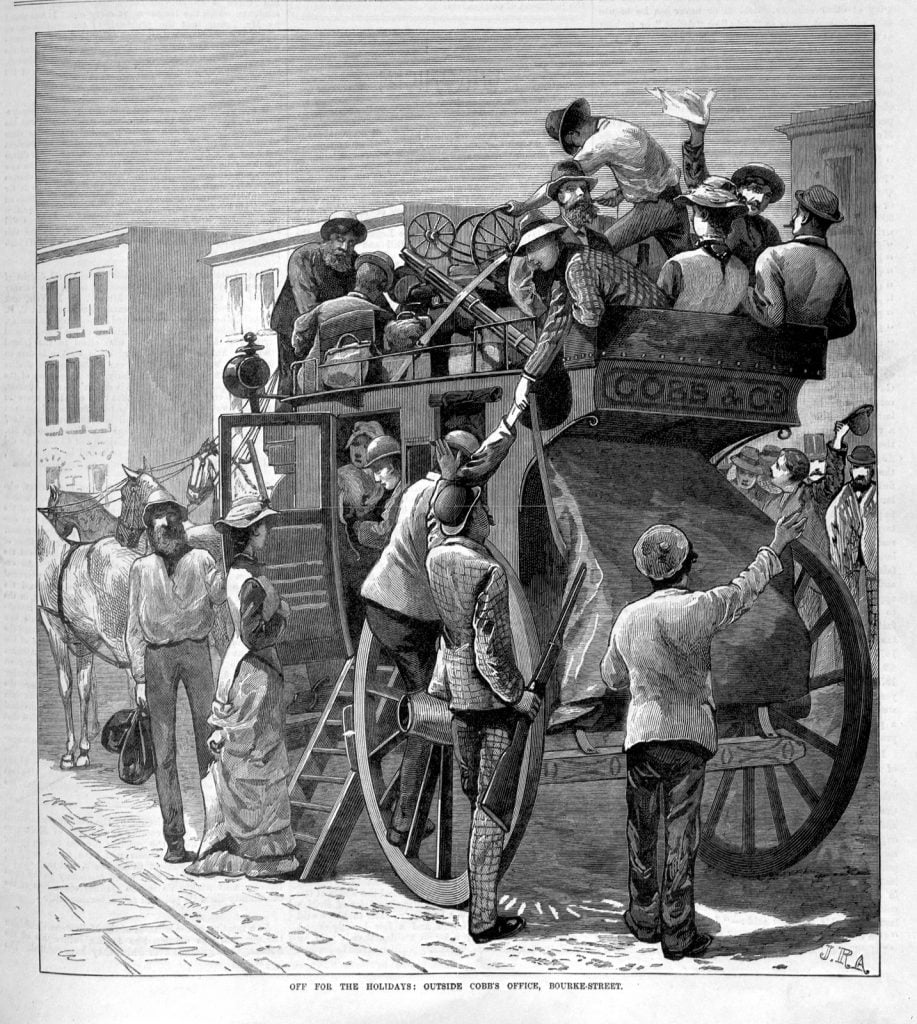
A simple search in the Library’s online catalogue using a basic term like ‘travel’ finds over 45,000 items including books, maps, ephemera, magazines, pictures and more. Many of these can be viewed from home by Victorian resident members. You can sign up for a free Access membership online.
You can refine your search results using the facets on the right-hand side of the page. There are a number of headings grouping together similar items. For example, under ‘Subject’ many sub-headings show the number of items dealing with that topic, such as Tourism, Railroad travel or Travel writing.
If you are exploring the collection from home, you can opt to see what’s available immediately through your computer by selecting ‘Online items’, which includes collection items which have been digitised, as well as ebooks.
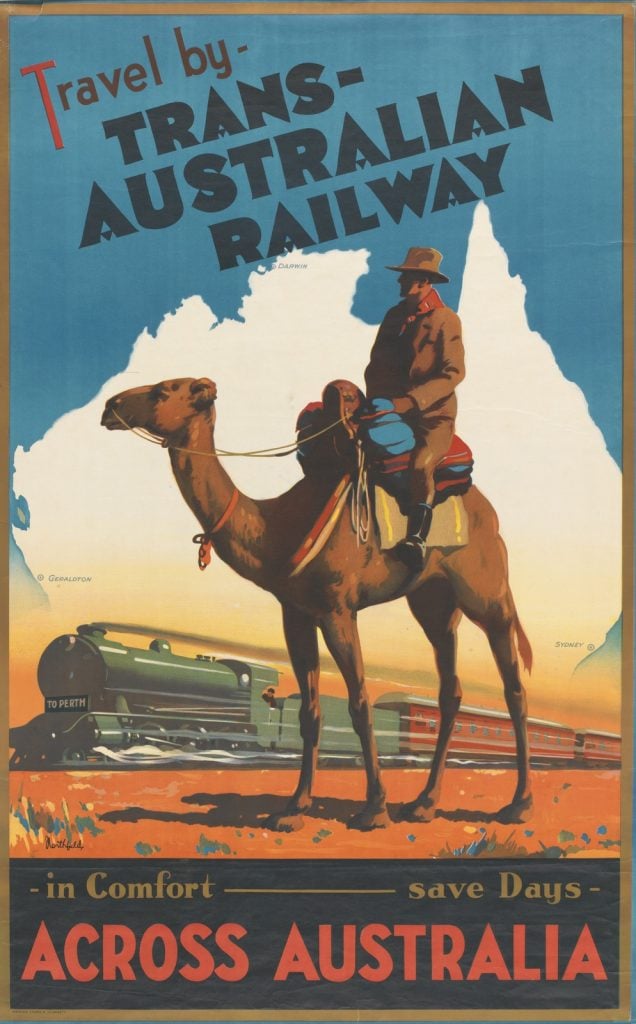
Historically, recreational travel was only enjoyed by the privileged upper classes of society who could afford the costs and complexities of travel. Gradually, the concept of travel tourism was taken up by the middle classes and then eventually by all sections of the population. Technological advances, particularly the development of railways, also helped – making travel more feasible and affordable for the broader populace.
In addition to many books and travel guides, the Library holds many pictures and photographs. With these, you can travel vicariously throughout Victoria, Australia and the world!


You can also take a trip back through time with our historic goldfields guides and handbooks for new arrivals, and our posters and postcards promoting regional domestic travel:
Guide for excursionists from Melbourne (1868)
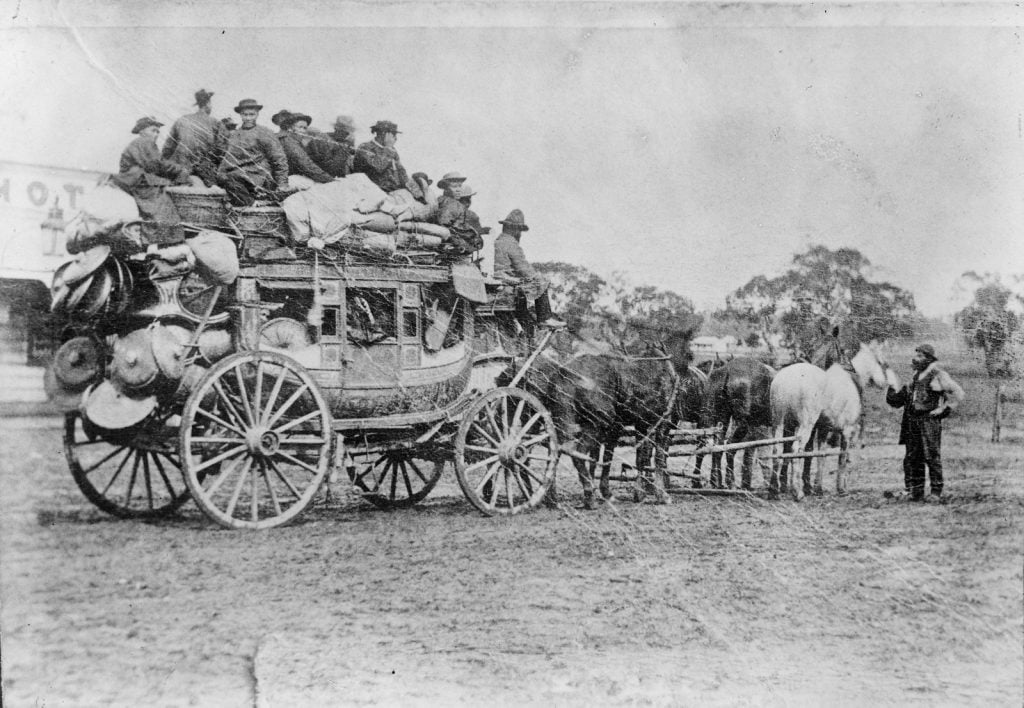

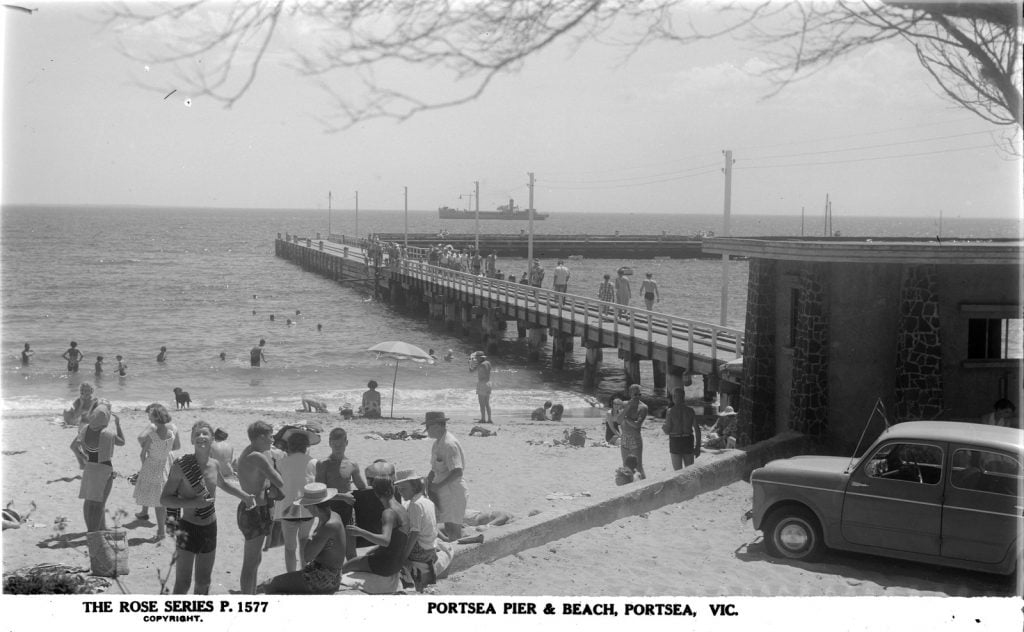
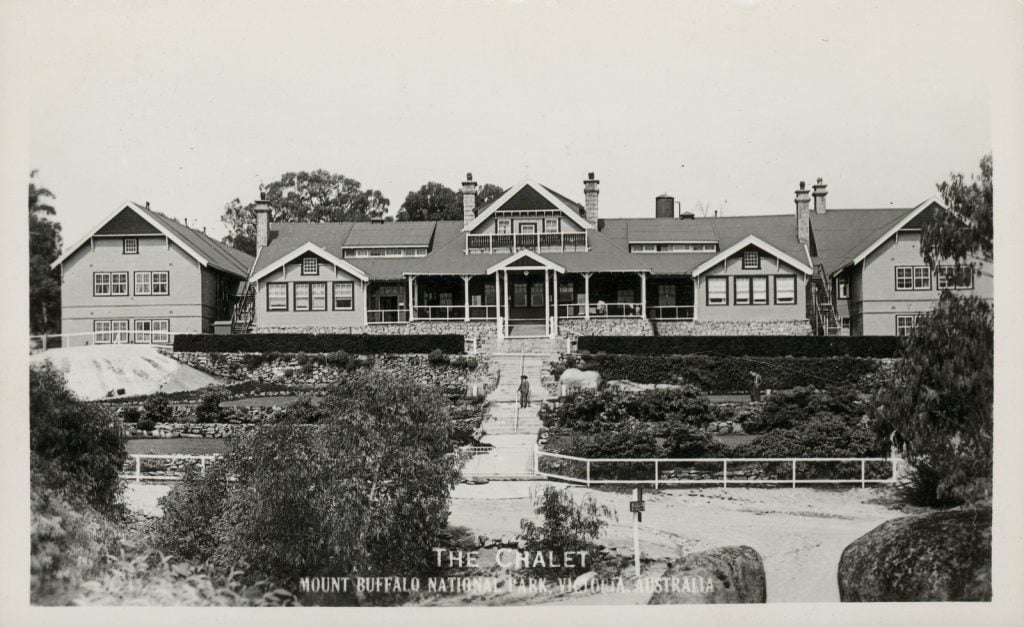
Long before travel as a form of tourism evolved, merchants and adventurers were travelling to parts unknown. Niccolo and Maffeo Polo – the father and uncle of the famous Marco Polo – were 13th Century Venetian merchants who travelled to Asia to trade in valuable goods. Travelling such distances in those days entailed travelling from a European port to a Middle Eastern port, and then a lengthy overland journey by horse or camel. The journey would have taken years to achieve.
Marco Polo knew the toll of such travel well. He didn’t meet his father, or his uncle, for the first time until he was aged 15, when they returned from their long journey to and from Cathay (now China)!
You can follow in the footsteps of bygone explorers through our three travel databases, accessible to Victorian Library members from home:
Leisure, Travel & Mass Culture: The History of Tourism: This resource presents a multi-national journey through well-known, little-known and far-flung destinations unlocked for the average traveller between 1850 and the 1980s. Guidebooks and brochures, periodicals, travel agency correspondence, photographs and personal travel journals provide unique insight into the expansion, accessibility and affordability of tourism for the masses and the evolution of some of the most successful travel agencies in the world.
Mapping the World: Maps and Travel Literature: Discover an archive including a myriad of maps representing the long nineteenth century.
Age of Exploration: Explore five centuries of journeys across the globe, scientific discoveries, the expansion of European colonialism, conflict over territories and trade routes, and decades-long search and rescue attempts in this multi-archive collection dedicated to the history of exploration.
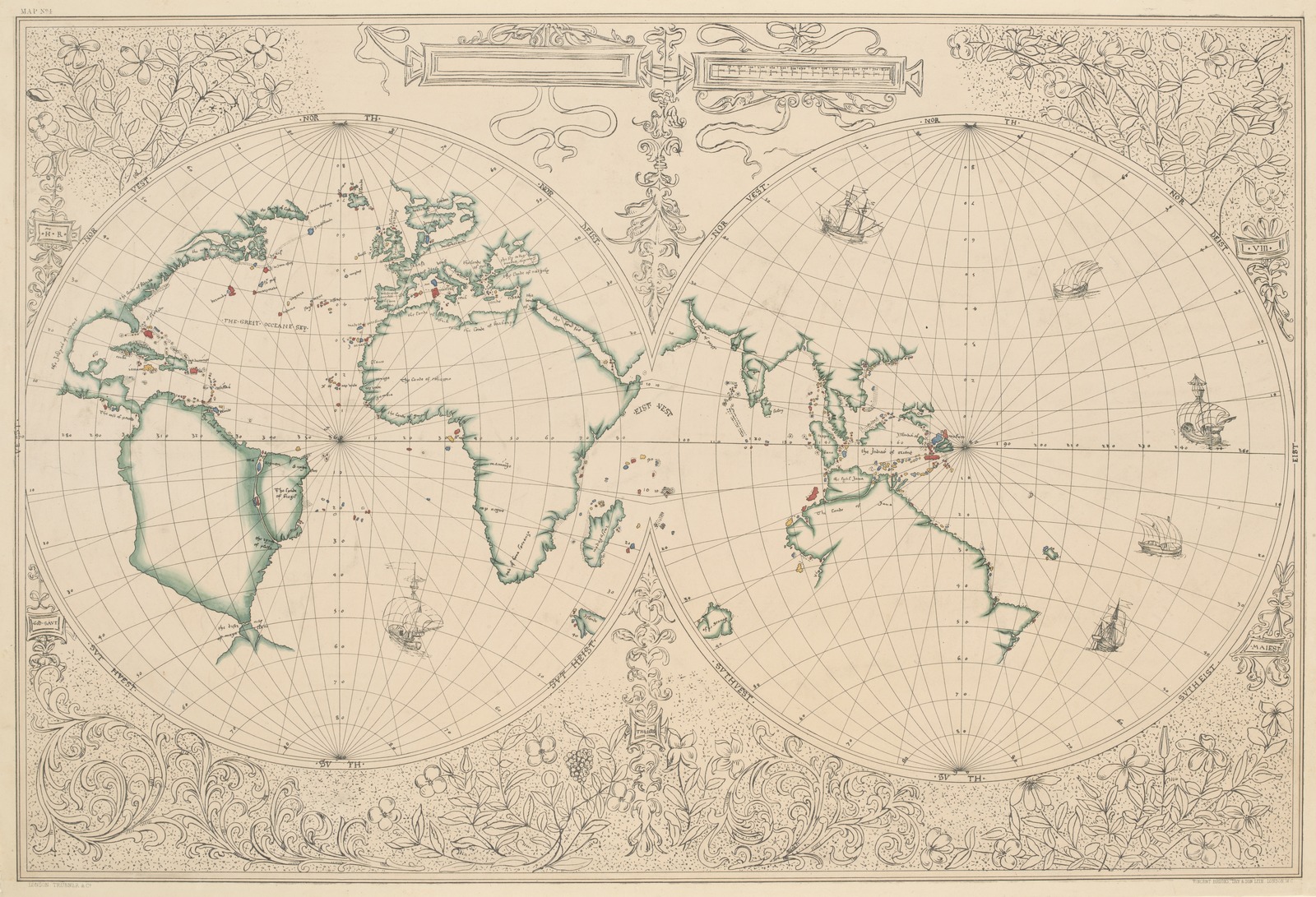 Facsimile of Jean Rotz’ map of the world, showing the Eastern and Western hemispheres which are partly joined, ca 1885. Reproduced by kind permission of the Trustees of the British Museum
Facsimile of Jean Rotz’ map of the world, showing the Eastern and Western hemispheres which are partly joined, ca 1885. Reproduced by kind permission of the Trustees of the British Museum
Also see: journeys & exploration

